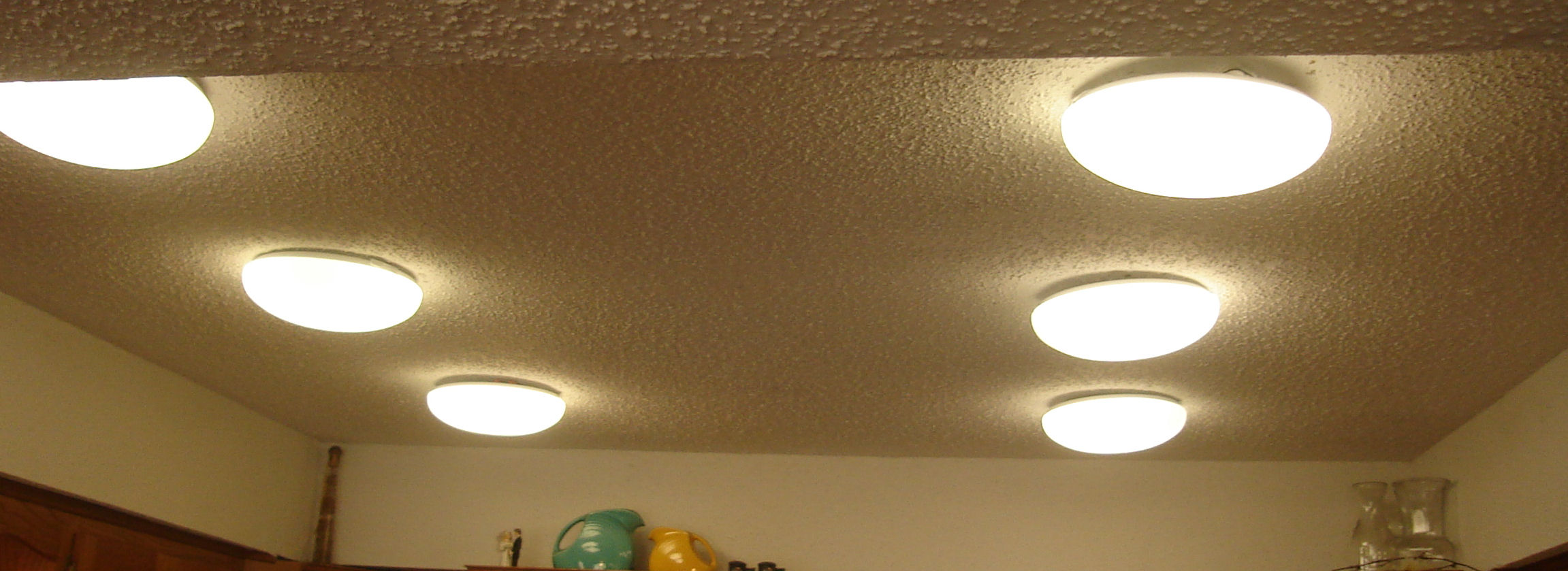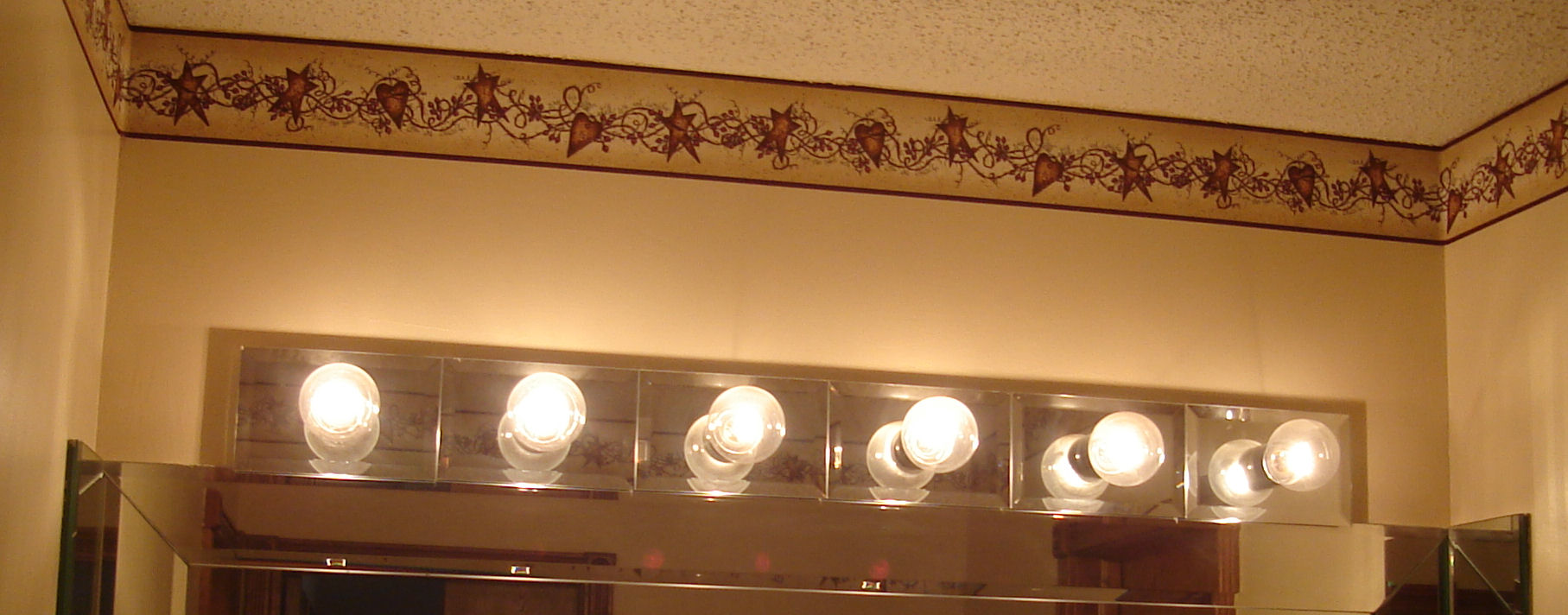Check out this magnus misogynus I have posted at 24thState.com.
I might not understand women, but I understand those who use statistics about women.
UPDATE:Apparently, by the year 2018, 24th State has gone dark and has been replaced by a candidate’s Web site. I’ve posted this item below:
The Associated Press provides some insightful analysis into the continued oppression of women in US politics. Did I say insightful? I meant insinuating.
The suffragists who 90 years ago won voting rights for women would likely shake their heads in wonder at this election, with its “mama grizzly” candidates and high-stakes woman-vs.-woman showdowns.
The women in key races include a rancher and three multimillionaire former CEOs, one a pro wrestling magnate. Two frontier states — Oklahoma and New Mexico — seem assured of electing their first female governors after both major parties nominated women.
Yet in spite of celebrations planned today for Women’s Equality Day, marking the adoption of the 19th Amendment in 1920, American women’s share of high-level political power still lags behind many other nations.
Women hold only 17 percent of the seats in Congress — well below Europe’s 22 percent and far behind the Nordic countries’ 42 percent — and the major parties have yet to nominate a woman for president. Hillary Rodham Clinton’s campaign for the Democratic nomination in 2008 collected 18 million votes but still fell short of victory.
Comparing the United States’ political system directly to other countries’ systems will yield thoughtful apples-to-hedge-apples comparisons like the one in the long article. No doubt the sheer bulk of these numbers means to highlight the backward nature of the United States and its continued structural misogyny (why do we hate women and fear gays and Moslems? Can’t we just be gynophobic, too?). However, those wacky Continental (and worldwide, at least worldwide where women can vote, drive cars, and walk in public without escort without public corporeal punishment) parliamentary systems differ significantly from the American system, and those differences render comparisons meaningless.
Now, I am not a political scientist, but I have edited a number of dissertations in political science which examine elections, parliamentary systems, and women’s representation therein, so I fancy myself ABCWaR (All But Course Work and Research) in the field. So let me ‘splain those differences.
The United States has what they call a Single Member District legislature. Each constituency, be that your Congressional District or state, elects a single legislator.
Other parliamentary systems have other, more complicated systems. Many nations lump all voters into single constituencies, where all voters in the country vote not for individuals (necessarily), but for parties. That is, you would vote for the Social Democrats or the Democratic Socialists and, if those parties win, the people at the top of the party would get into office. Some countries or parties let voters determine party individuals to hold office, but to a lot, that’s at the discretion of the party. If you want to sample some of the varieties, look up Closed List Proportional Representation, Open List Proportional Representation, Preferential Voting, and Single Winner. It’s quite a soupy mixture of systems around the world, but in a bunch of countries, the voters don’t vote for individuals at all, and this is quite different from the United States system.
The United States voting system is pretty simple (or simple-minded, depending upon your level of Europhilia): whoever gets the most votes wins, and the party with the most votes gets to control the agenda in the house. However, many countries, including the AP-beloved ones in Scandinavia, use a proportional representation system where if a party gets 10% of the votes in the national election, it gets 10% of the seats. If you can get enough like-minded people together, they get seats in the capital’s cafeteria and some time on CSPAN.
These proportional representation systems and their inherent differences explain why the newscasters talk about coalition governments and the like. Instead of two parties to hate with differing levels of animosity (and the lesser one of the two evils is the one you vote for most), you end up with dozens of national parties. Many of those countries have Feminist Parties. A Feminist Party that gets 4% of the vote will probably mean 4% of Parliament, don’t you think?
So the difference in mechanisms of government and legislature and the difference in the party structures between the American system and the Parliamentarian model means that any direct comparison without the context represents a facile or naive juxtaposition instead of an analogy (but good enough for news syndicate work and good enough to get on the front page of dailies). European parties and electoral systems probably do make it easier to elevate women to electoral positions regardless of voter intent.
Given that women represent more than 50% of the population and more than 50% of college degrees, why is women’s representation so low in the United States?
Author Jennifer Lawless offers some insight, maybe:
Hardly surprising, since being a wife or mother can impede professional achievement. In families where both adults are working, generally in high-level careers, women are 12 times more likely than men to be responsible for the majority of household tasks, and more than 10 times more likely to be responsible for the majority of child care responsibilities.
Of course, she’s writing from a different ideological perspective than I am, so she thinks that the family role, marriage and child-rearing, is a real drag, man. But it’s true: gender roles might have something to do with it. Women who want to raise children or to be housewives typically aren’t going to run for office. I don’t have the numbers at my fingertips, but if you imagine that many women in the Republican Party (but not all) favor traditional families, you can predict that some portion of the 25% of the population of the country, some portion of 50% of the country who are women, have no interest in running.
Additionally, political argument in this country is rough. While our legislators are not actually beating each other with canes anymore, running for office ain’t beanbag; it’s Lawn Jarts of invective and character assassination and the candidate is the goalie. It takes a special someone to subject himself or herself to that sort of ego-bruising endeavor, where even if you win, you’re hated by a lot of people. Given that women tend toward more nurturing and emotional (not all, and in the aggregate, your mileage may vary), it might be a wonder that we have 17% at all.
Essentially, although AP and the women’s rights advocates (the right women’s rights advocate, not the right’s women’s right advocates) like to spill a lot of numbers to insinuate that the United States lives in the Dark Ages where it doesn’t sign treaties to End Women’s Discrimination. But when they talk about elected officials in Europe versus the United States, they might as well complain that United States’ football scores are inflated versus those in Europe. They’re not really talking about the same game at all.
That 17%, the percentage of women in other, lower positions of elected government, the women who run but do not win, and the women who don’t want to run at all amounts to a high-level aggregate number of individual decisions made by free women who get to choose their lives and their lifestyles. AP, the nonprofits, and NGOs have determined that our women have chosen wrong.



















